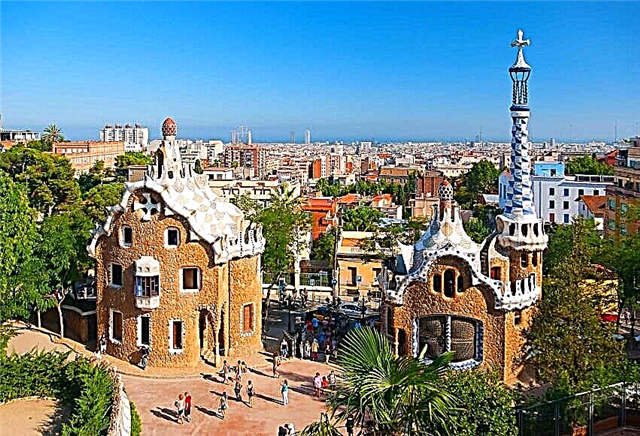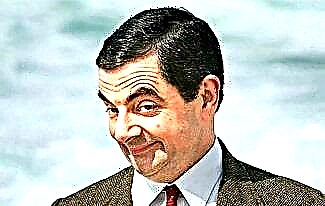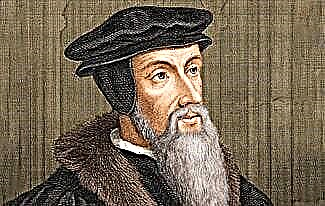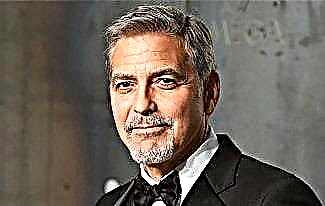Crystal night, or Night of Broken Windows - Jewish pogrom (a series of coordinated attacks) throughout Nazi Germany, in parts of Austria and the Sudetenland on November 9-10, 1938, carried out by SA stormtroopers and civilians.
The police avoided obstructing these events. In the aftermath of the attacks, many streets were covered with shards of shop windows, buildings and synagogues belonging to Jews. That is why the second name of "Kristallnacht" is "Night of Broken Glass Windows".

Course of events
The reason for the massive pogrom was a high-profile crime in Paris, which was interpreted by Goebbels as an attack by international Jewry on Germany. On November 7, 1939, German diplomat Ernst vom Rath was killed at the German embassy in France.
Rath was shot by a Polish Jew named Herschel Grinshpan. It is worth noting that initially the 17-year-old Herschel planned to kill Count Johannes von Welczek, the German ambassador to France, wishing to take revenge on him for the deportation of Jews from Germany to Poland.
However, it was Ernst vom Rath, rather than Welczek, who received Grinszpan at the embassy. The young man decided to liquidate the diplomat by firing 5 bullets at him. An interesting fact is that in reality Ernst was critical of Nazism precisely because of the policy of anti-Semitism and was even under the tacit supervision of the Gestapo.
But when Herschel committed his crime, he hardly knew about it. After the murder, he was immediately detained by French police. When the incident was reported to Adolf Hitler, he immediately sent his personal physician Karl Brandt to France, ostensibly to treat vom Rath.
It is important to note that none of the 5 bullets seriously harmed von Rath's body. Oddly enough, he passed away due to an incompatible blood transfusion performed by Brandt.
As it turned out later, the murder of the German ambassador was planned by the Nazi special services, where the "customer" was the Fuhrer himself.
Hitler needed some excuse to start persecuting the Jewish people, for which he felt a particular disgust. After the assassination, the head of the Third Reich ordered the closure of all Jewish publications and cultural centers in Germany.
A serious propaganda campaign against Jews was immediately launched in the country. The main organizers were Goebbels, Himmler and Heydrich. The National Socialist Labor Party (NSDAP), represented by Goebbels, stated that it would not humiliate itself by organizing any anti-Semitic demonstrations.

However, if it is the will of the German people, the German law enforcement agencies will not intervene in this incident.
Thus, the authorities actually allowed the carrying out of Jewish pogroms in the state. The Nazis, dressed in civilian clothes, began large-scale pogroms of Jewish shops, synagogues and other buildings.
It is important to note that the representatives of the Hitler Youth and the assault troops deliberately changed into ordinary clothes in order to show that they had nothing to do with the party and the state. In parallel with this, the German special services visited all the synagogues that they planned to destroy, in order to save the documents, which contained information about the Jews who were born.
During Kristallnacht, in accordance with SD instructions, not a single foreigner, including foreign Jews, was injured. Law enforcement agencies detained as many Jews as they could fit in local prisons.
Mostly the police were arresting young guys. On the night of November 9-10, Jewish pogroms were organized in dozens of German cities. As a result, 9 out of 12 synagogues were burned by “civilians”. Moreover, not a single fire engine took part in extinguishing the fires.
In Vienna alone, over 40 synagogues were damaged. Following the synagogues, the Germans began to smash Jewish shops in Berlin - none of these shops survived. The looted property was either taken away by the thugs or thrown out into the street.
Jews who met the Nazis along the way were severely beaten. A similar picture was happening in a number of other cities of the Third Reich.
The victims and aftermath of Kristallnacht
According to official figures, at least 91 Jews were killed during Kristallnacht. However, a number of historians believe that the death toll was in the thousands. Another 30,000 Jews were sent to concentration camps.
The private property of the Jews was destroyed, but the German authorities refused to compensate for the damage from the state treasury. At first, the Nazis released detained Jews on condition that they immediately leave Germany.

However, after the murder of a German diplomat in France, many countries around the world refused to accept Jews. As a result, the unfortunate had to look for every opportunity to escape from the Third Reich.
Many historians agree that at least 2,000 people died in the first weeks after Kristallnacht, due to mistreatment by prison guards.
Although the horrific crimes of the Nazis became known all over the world, no country came forward with serious criticism of Germany. Leading states silently watched the massacre of the Jewish people, which began on Kristallnacht.
Later, many experts will declare that if the world had reacted immediately to these crimes, Hitler would not have been able to launch an anti-Semitic campaign so quickly. However, when the Fuhrer saw that no one was hindering him, he began to exterminate the Jews even more radically.
This is largely due to the fact that none of the countries wanted to spoil relations with Germany, which was rapidly arming itself and becoming an increasingly dangerous enemy.
Joseph Goebbels wanted to fabricate a lawsuit that would prove the existence of a worldwide Jewish conspiracy. For this purpose, the Nazis needed Grynshpan, whom they planned to present to the public as an "instrument" of the Jewish conspiracy.
At the same time, the Nazis wanted to do everything in accordance with the law, as a result of which Grinshpan was provided with a lawyer. The lawyer presented Goebbels with a line of defense, according to which his ward killed the German diplomat for personal reasons, namely, the homosexual relationship that existed between him and Ernst vom Rath.
Even before the assassination attempt on Fom Rath, Hitler knew that he was gay. However, he did not want to make this fact public, as a result of which he refused to organize a public process. When Grynszpan fell into German hands, he was sent to the Sachsenhausen camp, where he died.
In memory of Kristallnacht, on November 9 each year, the International Day against Fascism, Racism and Anti-Semitism is celebrated.
Kristallnacht Photos


















